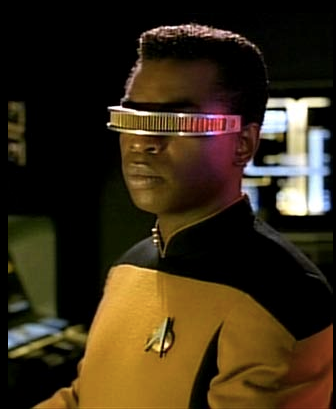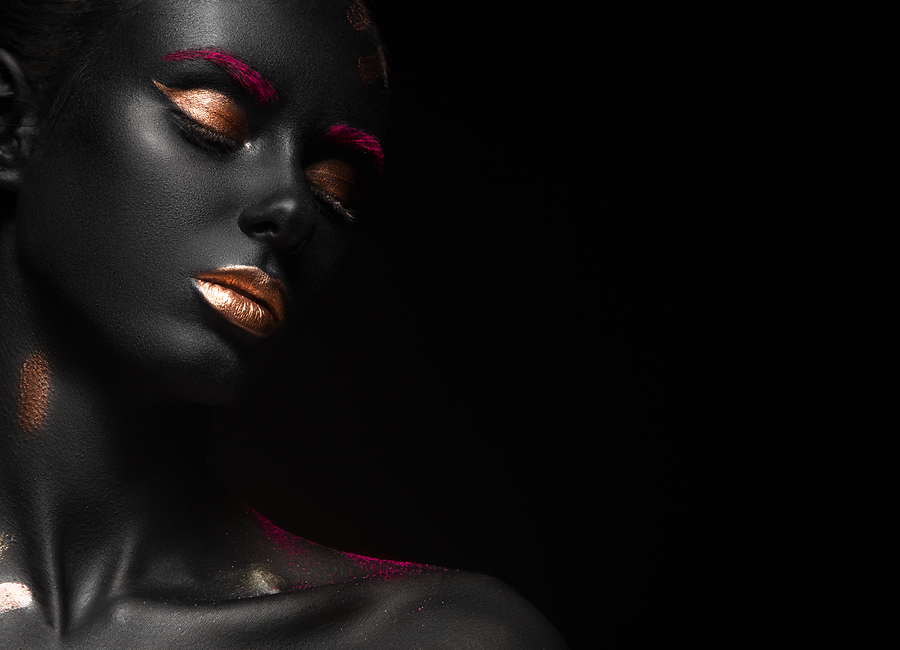
Ever watch the newest Sci-Fi episodes (or the older ones) and wonder why your own medical treatment couldn’t be that easy? Here are a few newer medical devices that will bring the futuristic medical treatments straight to your door.
1. The Bionic Eye
Recently in development, but not perfect, is the 3D printing of light receptors onto a glass eye. The silver, which they use as ink, stays where it is put on the rounded glass and produces electric feedback. It is moving on to the next stage of development and designed to increase eye comfort for patients.
2. 3D Print Sockets for Artificial Limbs

In the United States, it is not difficult to have a socket fitted to an amputated limb by a person trained in prosthesis in any major city. With the help of cell phone scanning and a 3D printer, patients who live in other countries are receiving low-cost sockets for their amputated limbs.
3. Contact Lenses For Blood Glucose

As the saying goes, “Eyes are the windows to the soul.” They can tell your doctor a thing or two if you are a diabetic. If you have been diagnosed with diabetes, these new “smart” contact lenses can detect and transmit your blood glucose level using your own tears.
4. Virtual Dissection Tables
If you are a student who is trying to learn about the human anatomy, watching a cadaver being dissected might be hard to handle. A new device, called a virtual dissection table, might make it easier. The virtual dissection table allows instructors to virtually dissect a human body, identify diseases, and teach surgical procedures without using a cadaver.
5. Robotic Assistants
From training long-term residents to helping with physical therapy sessions, new medical devices in the form of robotic assistance have been used to move and assist patients with standing or transferring to wheelchairs. A robot is even being developed to draw blood or insert IVs with ultrasound enhanced vein targeting.
6. Tattoos
Much like the continuous blood glucose sensors, these tattoos are placed on the body to transmit vital signs to medical devices for continuous monitoring. Biometric tattoos can transmit medical information discreetly, allowing for easier communication with physicians.
7. Sensors in Teeth
You’re on a strict diet. You lie to your physician about how much you ate. With teeth sensors, those days are gone. These teeth sensors can be embedded in your teeth to determine what, how much, and when you ate. These sensors can even track when and how often you smoke. Your actions and intake are recorded and sent to a smart device, allowing your doctor to see real-time data.
8. Printed Skin

If you are a burn victim, skin grafts have been made from the cells of burn victims using 3D printing, to give burn victims a better chance to recover without scars and skin graft rejections. The printed skin procedure also reduces the patient’s recovery time and the risk of infections. Printed skin grafts can be as small or as large as needed, without the skin being taken from other areas of the body.
9. In Silico Clinical Trials
The medical community no longer recruits patients with certain diseases to try different medical treatments. Clinical trials are now taking place on silicon chips. These silicon chips are made to react like an organ, a drug, or a treatment, thereby reducing the need for human trials.
10. The Medical ‘Tricorder’

Still more futuristic than the present, the tricorder from the popular show Star Trek is in development. A contest is in place to see who can pull together the best functioning device that could scan a being and receive medical-grade information- more than just vital signs.
The future is closer than we imagine, with only developers’ imaginations holding back their ingenuity. Many new medical devices are in development that will aid in our visits with physicians, treatments, and overall learning. To keep up to date with medical advancements, follow the Avidity Medical Design Blog.